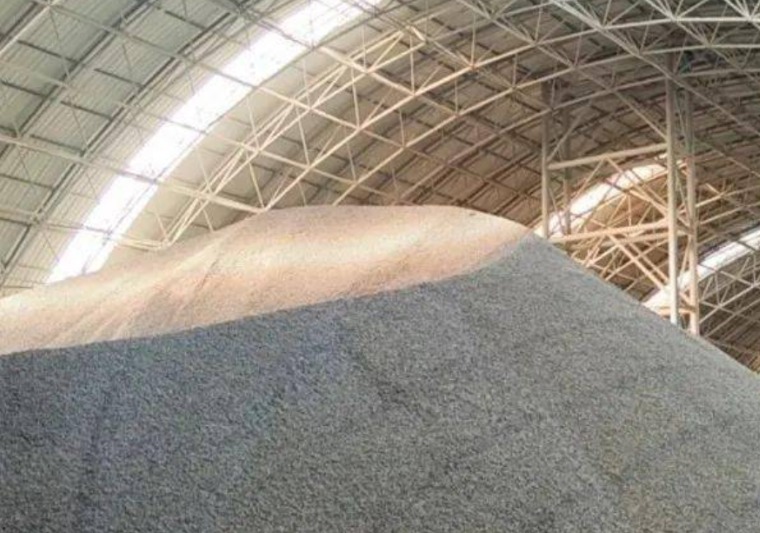


There is no fixed standard for the height of sand and gravel, because it depends on factors such as the type, quality and purpose of the sand and gravel. Sand and gravel are also affected by factors such as weather and topography, and sometimes there will be different degrees of settlement. Therefore, to determine the height of sand and gravel accumulation, it is necessary to evaluate and measure according to the specific situation.
What we often see is the sand and gravel pile on the construction site. In construction projects, sand and gravel can be piled into mountain-shaped or flat sand piles, and the height generally ranges from a few meters to more than ten meters. The height of sand and gravel piles used for road construction may be higher. In mines or quarries, the height of sand and gravel piles may be even higher. Therefore, the specific height of sand and gravel needs to be measured and evaluated according to the actual situation of the stacking method, density, and space of the stacking site.
The selection of appropriate material height detection technology needs to be based on specific application requirements, environmental conditions and cost considerations. In actual applications, appropriate detection technology may be selected according to specific circumstances, or a combination of methods may be used to improve the stability and accuracy of the measurement. The main reason why sand and gravel plants use laser ranging sensors to detect material height is that they are highly accurate, non-contact and have a fast response. Laser ranging sensors can accurately measure the distance of objects by measuring the time it takes to reflect a light beam, so they can monitor the material level in real time without contacting the material, thereby avoiding interference or contamination of the material. This precise, non-contact measurement method can help sand and gravel plants more accurately monitor the storage and flow of materials, help improve production efficiency, and ensure that equipment operates within a safe range.